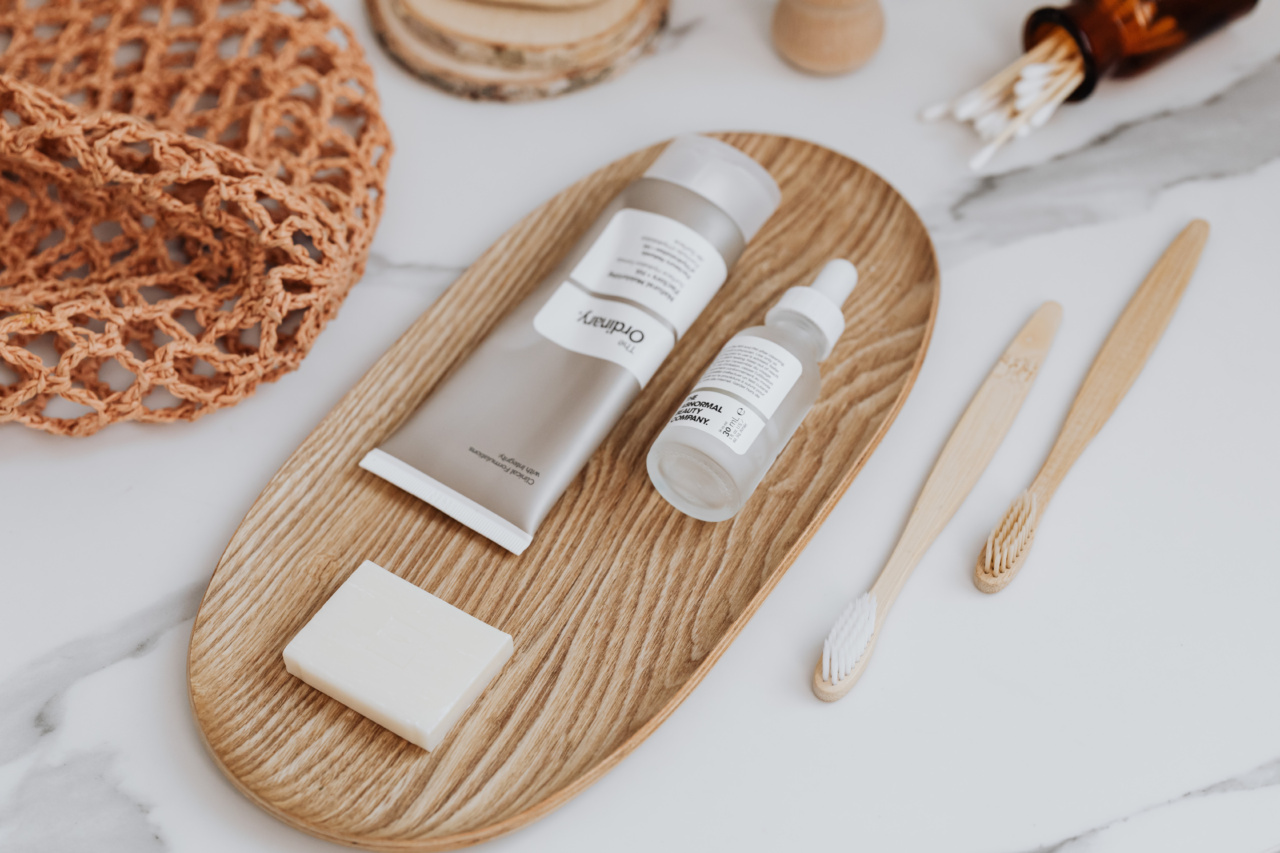Hyperhidrosis, also known as excessive sweating, can be an embarrassing and uncomfortable condition to deal with. It affects millions of people around the world and can have a significant impact on daily life.
While there may not be a cure for hyperhidrosis, there are several hygiene tips that can help individuals cope with this condition and manage excessive sweating effectively. In this article, we will discuss ten hygiene tips that can make a noticeable difference in your daily life if you are dealing with hyperhidrosis.
1. Use an Antiperspirant
One of the most effective ways to manage excessive sweating is to use an antiperspirant. Unlike deodorants that only cover up body odor, antiperspirants work by reducing sweat production.
Look for antiperspirants that contain aluminum chloride, as they are more effective in preventing excessive sweating.
2. Shower Regularly
Regular showers are crucial for individuals with hyperhidrosis. It helps keep the body clean, removes bacteria that thrive in moist conditions, and reduces body odor associated with sweating.
Use a mild soap and warm water to cleanse your body thoroughly, paying particular attention to areas that sweat the most, such as the underarms, groin, and feet.
3. Use Antibacterial Soap
Hyperhidrosis can make you more prone to bacterial and fungal infections due to the constant moisture on your skin. To prevent such infections, use an antibacterial soap while showering.
It will help kill bacteria and fungi, reducing the risk of skin infections.
4. Wear Breathable Fabrics
Choosing the right clothing can make a significant difference in managing hyperhidrosis. Opt for breathable fabrics such as cotton or linen, as they allow air to circulate around the body and reduce sweating.
Avoid synthetic fabrics like nylon or polyester as they trap heat and moisture, exacerbating sweating.
5. Use Sweat-Resistant Undershirts
Investing in sweat-resistant undershirts can help absorb excessive sweat and prevent it from reaching your outer clothing.
These undershirts are often made from specialized fabric that wicks away moisture, keeping you dry and comfortable throughout the day.
6. Change Your Socks Often
If you struggle with excessive sweating in your feet, changing your socks frequently can help prevent bad odor and bacterial or fungal infections. Opt for moisture-wicking socks that efficiently absorb sweat and keep your feet dry.
Consider bringing an extra pair of socks when you’re away from home for an extended period.
7. Apply Talcum Powder
Talcum powder is an excellent way to manage excessive sweat in areas prone to sweating, such as the feet, underarms, or groin. It helps absorb moisture, reduces friction, and keeps these areas dry and odor-free.
Choose talcum powders that are specifically formulated for sensitive skin.
8. Avoid Spicy Foods and Caffeine
Certain foods and beverages can trigger excessive sweating. Spicy foods and caffeinated drinks are known to stimulate sweat glands and amplify sweating. Limit your consumption of such items if you notice an increase in sweating after consuming them.
9. Stay Hydrated
Although it may seem counterintuitive, staying hydrated is essential for managing hyperhidrosis. When your body is dehydrated, it tries to conserve water by reducing urine production.
This can result in increased sweating as the body tries to eliminate toxins through sweat. By staying hydrated, you can help maintain your body’s natural balance and reduce excessive sweating.
10. Manage Stress Levels
Stress is known to trigger or worsen hyperhidrosis symptoms. It’s important to find healthy coping mechanisms to manage stress and reduce its impact on your body.
Explore relaxation techniques such as deep breathing exercises, mindfulness meditation, or engaging in activities you enjoy to help alleviate stress and ultimately reduce sweating.






























